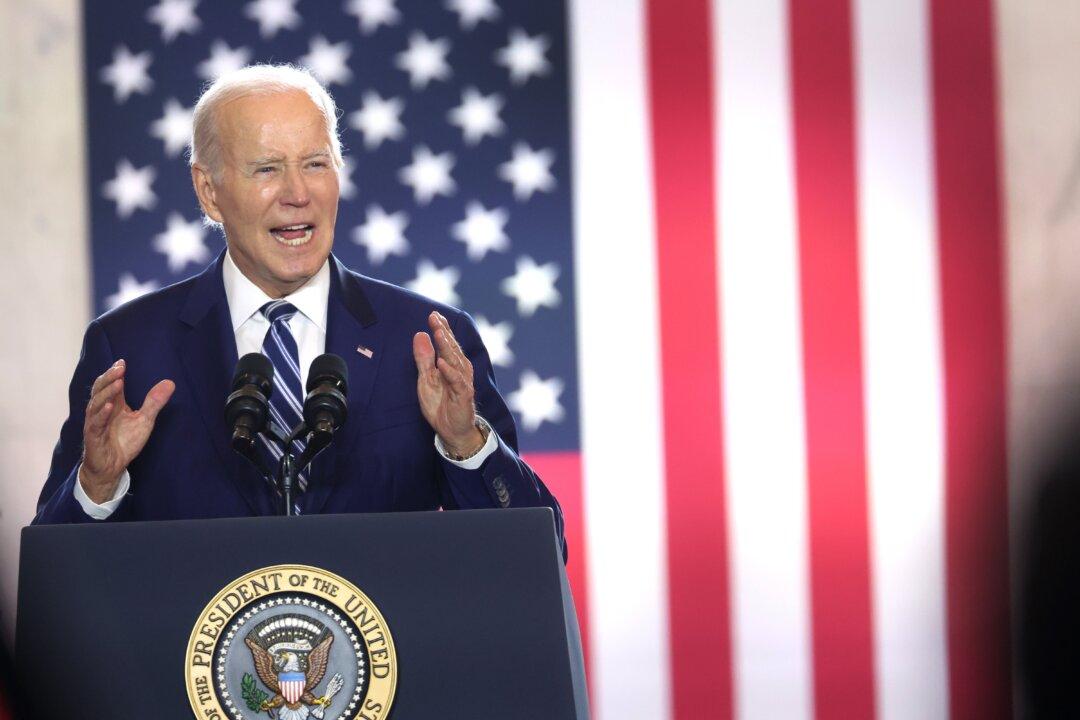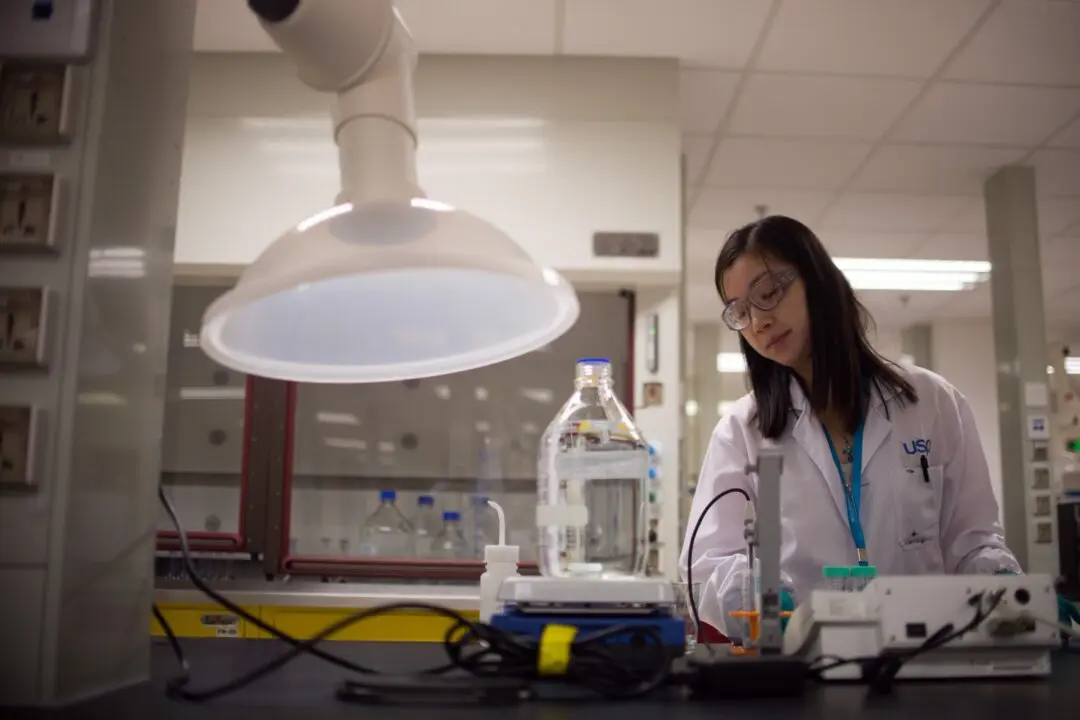Commentary
President Joe Biden’s speech earlier this month told Americans that they have a mistaken view of the economy. Although the average of polls shows that only some 38.3 percent of American voters have confidence in the president’s handling of the economy, the president thinks he’s doing a great job, and his speech aimed to assure America of that fact. Not only did he insist that things are looking up, but he also assured all that things will get much better once his policies have a chance to take effect. The talk was clearly aimed at the 2024 election. However, economic prospects leave little likelihood that the message will gain acceptance.





